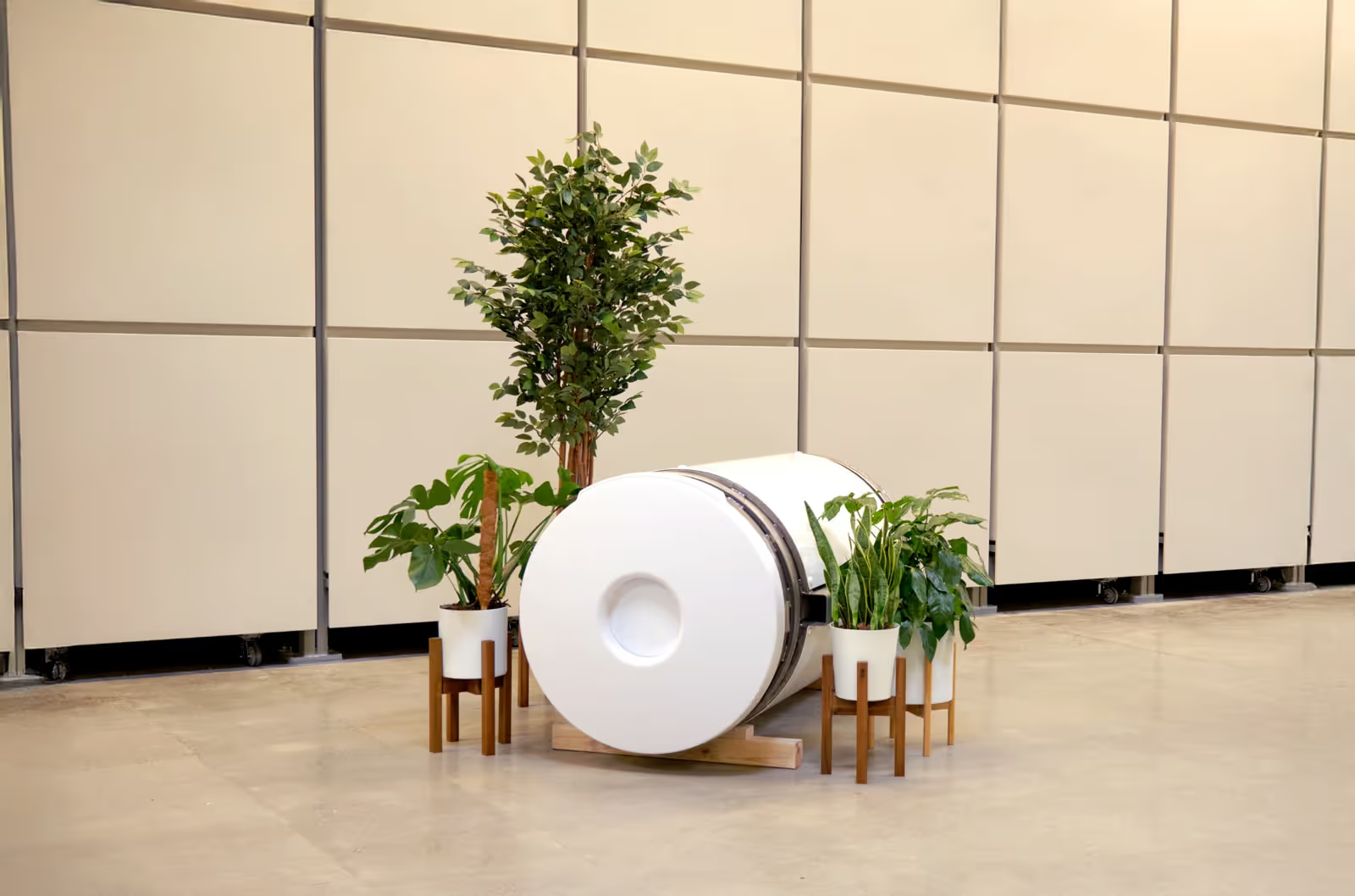
What Is Alkaline Hydrolysis? Sustainable Funeral Planning
by
Tom Harries


by
Tom Harries
Green Funeral Practice
|
February 20, 2022
Alkaline hydrolysis is an eco-friendly alternative to burial and cremation. It is a disposition method that typically uses heat, pressure, water and lye in a dedicated hydrolysis chamber. The product is a benign liquid known as hydrolysate.
The process uses a large quantity of water and therefore it is sometimes known as ‘water cremation’. Alkaline hydrolysis is also referred to by multiple other names. These include 'aquamation’, 'biocremation’ and 'flameless cremation’.
This article explains alkaline hydrolysis, explores pros and cons, and discusses how it fits into end-of-life planning. We will also look at the environmental benefits of alkaline hydrolysis, where the process is available, and why someone might choose it instead of other options.
During cremation, the body is incinerated and turned into ash. With alkaline hydrolysis, the body is put into a vessel with water and potassium hydroxide. The vessel is then heated and pressurized. The process produces a liquid as well as bone remains.
Alkaline hydrolysis allows for a similar experience to cremation. The bones are dried and processed into an ash-like matter at the end of the process. This means family members and friends are able to memorialize their loved one in similar ways.
The alkaline hydrolysis process typically takes four to six hours. It may take longer if a lower pressure and temperature are used. This compares to the slightly quicker process of cremation, which takes on average two hours.
Like all disposition methods, alkaline hydrolysis has pros and cons. It is a gentle and eco-friendly process, but at present it is not as convenient and affordable as other alternatives.
Alkaline hydrolysis is less pollutive than traditional cremation. It requires only about a quarter of the energy of flame cremation and it is not reliant on fossil fuels. It therefore does not produce carbon dioxide emissions on the same scale as the traditional process.
As a fossil fuel driven process, flame cremation produces significant quantities of carbon dioxide. One cremation is estimated to produce 535 lbs of CO2. These emissions are equivalent to a 609 mile car journey in an average sized car.

The combustion of fossil fuels also causes the emission of carbon monoxide, nitrogen oxides and sulfur dioxide. Other noxious substances emitted include fine soot and mercury.
Alkaline hydrolysis avoids most of this environmental damage and can be fairly considered a green funeral option.
Some people find alkaline hydrolysis to be a more appealing concept. The process is slower and involves a gentler reduction than the relatively quick process of flame cremation.
Alkaline hydrolysis was first legalized by Minnesota in 2003. Since then about 20 states have legalized the process in some form.
In many of these states there are no alkaline hydrolysis facilities, even though the process is legal. It can therefore be difficult to access the process in the United States even when it is someone's preferred option.
The benefits of alkaline hydrolysis are mainly environmental, although each process does require around 400 hundred gallons of water. Many people find that other options, including other green options, are more convenient. The greater availability of other processes often makes organizing them more straightforward.
Unlike some of the other green alternatives to traditional funeral practices, alkaline hydrolysis does not tend to be cheaper than cremation. Typically, the process is considerably more expensive than traditional cremation.
Many people find green options such as natural burial and soil transformation to be quite beautiful processes, which constitute a return to nature. They therefore often hold a greater conceptual appeal than alkaline hydrolysis.
{{CTA}}
At Earth, we provide soil transformation services. Like alkaline hydrolysis, this is an environmentally-friendly alternative to cremation and traditional burial which uses considerably less water.
Soil transformation, also known as natural organic reduction or human composting, involves the gentle transformation of a body into nutrient-rich soil. Families choose how much soil they'd like returned - to scatter or plant - with the remainder sent to local conservation sites for land restoration purposes.
If you are interested in sustainable funeral practice, you can read about our services or get an instant online quote.

Soil Transformation
On a recent episode of 50+ & Unfiltered, Stewart casually shared that she plans to skip burial and cremation entirely: “Oh, I’m going to be composted. These coffin things and all that stuff? No way.”
12/8/2025
3 min read

Green Funeral Practice
As families consider human composting as an alternative to cremation and burial, questions naturally arise about what happens to bones, dental work, and medical implants during the process.
11/5/2025
4 min read